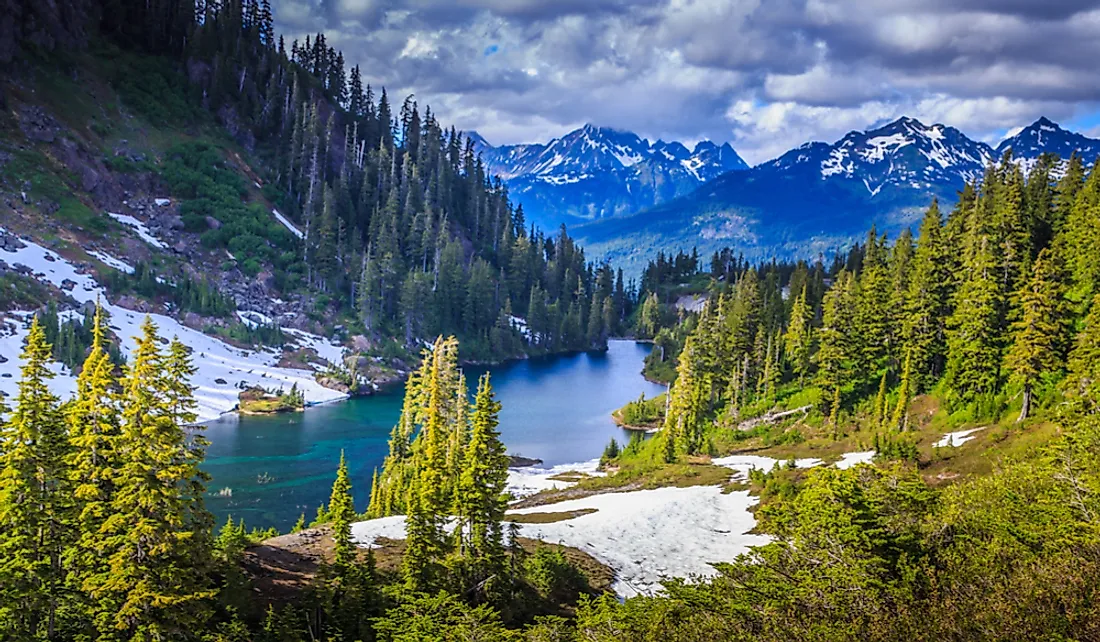What Are The Different Types Of Protected Areas Found In The United States?

Protected areas refer to regions set aside which receive protection as a result of their ecological, natural, or cultural significance. There are various types of protected areas that vary with the level of protection it receives depending on the laws the country, state, or the organization involved. The word protected area is also used to include protected areas in the marine environment, and they are important for the conservation of biodiversity, and typically provide habitat and protection for the endangered and threatened species from hunting and degradation of such habitats. Such protection assists to maintain ecological processes, which would otherwise not survive in intensely managed seascapes and landscapes. By 2015, the protected areas in the United States numbered 25,800 and covered an area of 499,800 square miles, which was equivalent to 14% of the whole country. All protected areas were also equivalent to one-tenth of all areas designated as protected lands across the world.
Federal Protected Areas
According to the UNEP, the US had 6,770 terrestrial areas which had been designated as federally protected areas as of 2007. These are the areas protected at the federal level and are managed by the different agencies like the US Department of Interior and the National Park Service. Other areas are run by the Bureau of Land Management, the US Fish and Wildlife Service, and the US Forest Service. Besides, the US Army Corps of Engineers runs 30% of all the recreational facilities on areas identified as federal lands, particularly through the waterways and lakes they manage. The federally protected areas are the most protected areas in the country. The IUCN describes the highest level of protection as Level I, which are regarded as Strict Nature Reserve & Wilderness Areas, and Level II, which are known as National Parks. The US has 12% of the entire world’s Level I and Level II protected areas, which cover an area of 210,000 square miles.
State Protected Areas
All states in the country have state parks that vary from massive parks equivalent to the national parks to the small urban parks. For instance, the Adirondack Park in New York state has several urban centers within the park. The state owns almost half of the park's area covering 1,200,000 hectares and they are designated as wild by the New York’s Forest Preserve. Similarly, the state-owned park of Wood-Tikchik in Alaska is the biggest state-owned park in the US. It is bigger than most National Parks in the US, and it is even larger than the state of Delaware.
Local Level Protected Areas
In the different US townships, cities, counties, metropolitan authorities, soil conservation districts, and regional parks among other units run and manage different local level parks. Most of these areas could include small playgrounds or picnic areas. However, there are other areas which are so extensive such as nature reserves. For instance, the Phoenix’s South Mountain Park in Arizona is famous as the country’s biggest city park, and it stretches to cover an area of 25 square miles and has 58 miles of trails.
Overlap in Protected Areas
Sometimes there is an overlap in the type of protected area and could fall under the jurisdiction of several agencies. For example, the US Forest Service and the National Park Service manage areas which have been designated as National Recreational and National Preserve Areas. The US Forest Service, the National Park Service, and Bureau of Land Management manage areas designated as National Monuments. On the other hand, National Wilderness Areas could be named within or inside other protected areas and could be under the management of more than one agency.











